
5 minute read
An interview with Katherine Maguire ARPS
Katherine’s journey in photography is a story of technical skill, perseverance and an ability to adapt to changing circumstances. This interview demonstrates her experience with capturing images, her unexpected challenges with health issues, and how she has woven those experiences into her photography.
Claudine: Tell me a little bit about yourself, your background, where you grew up, and where you live now.
Katherine: I grew up in Cumbernauld in Scotland and lived there for about 23 years before moving to the Southeast of England after graduating from Strathclyde University in Glasgow. In 1989, I moved to Edinburgh to complete a second Master's degree at Heriot-Watt University in structural engineering and computer technology which was quite a unique combination at the time and helped me to eventually move across into software engineering. Over the years, I have moved a number of times for work within the UK and eventually over to Amsterdam in 1997 where I have lived ever since. Amsterdam is home for me and I am now also a proud Dutch citizen since 2023.
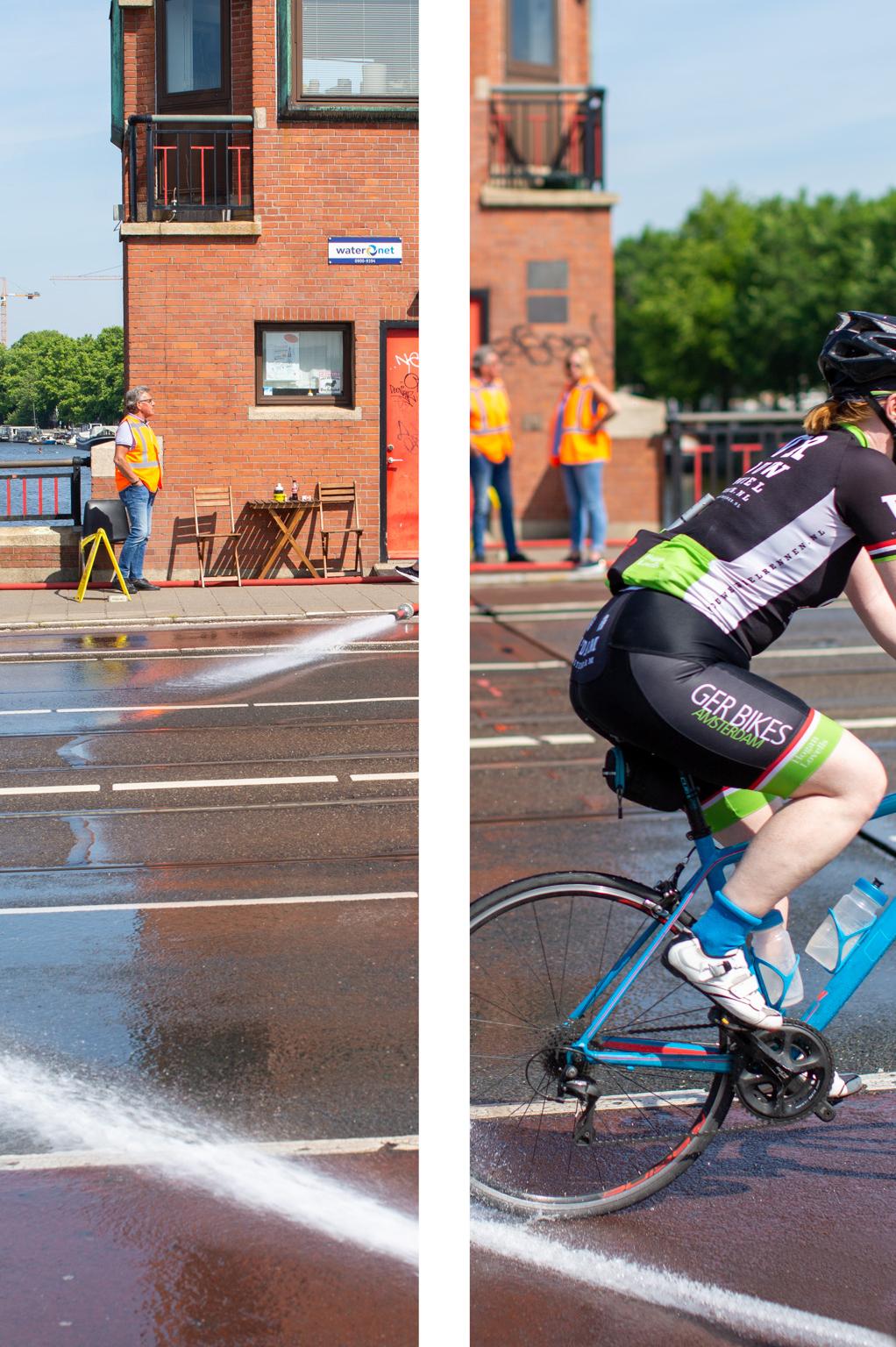
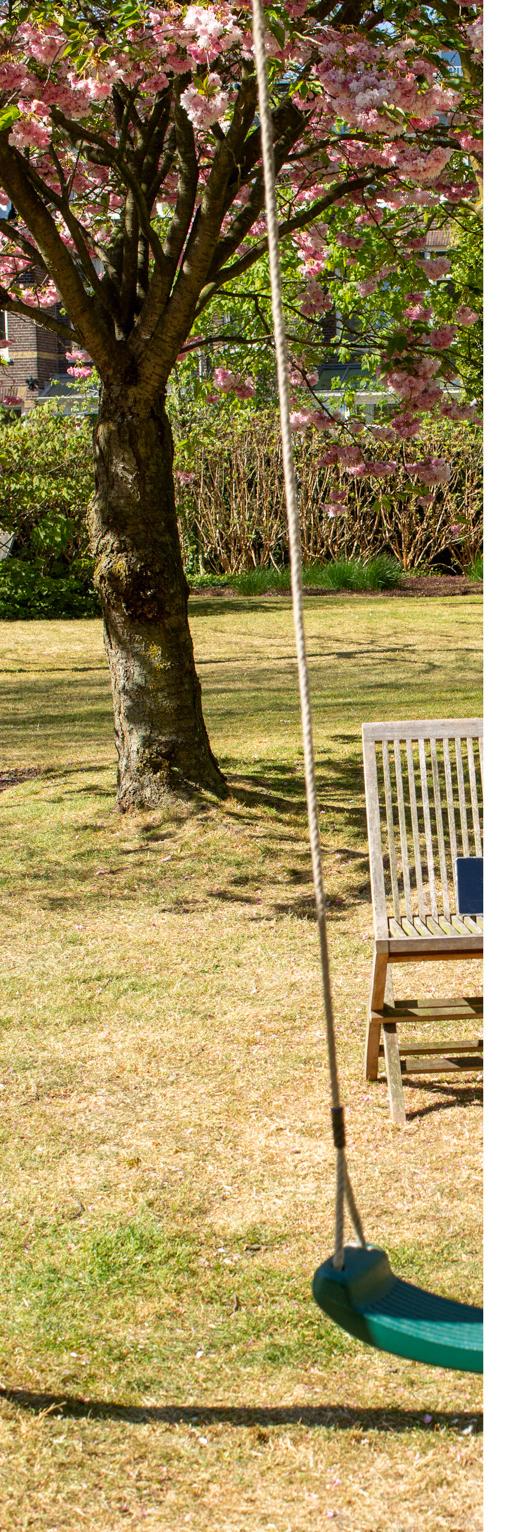
Claudine: What interested or prompted you to start photography? When did you start?
Katherine: My interest in photography began in 1978 at the age of 14. It started as a hobby I enjoyed alongside my love for hill-walking. My first camera was a Zenit TTL, which I called ‘the tank’ because it was so durable. I would often drop it down mountainsides during my walks, and surprisingly, it always survived! It was a handy camera to have. I liked the combination of exploring nature and capturing it through photography.
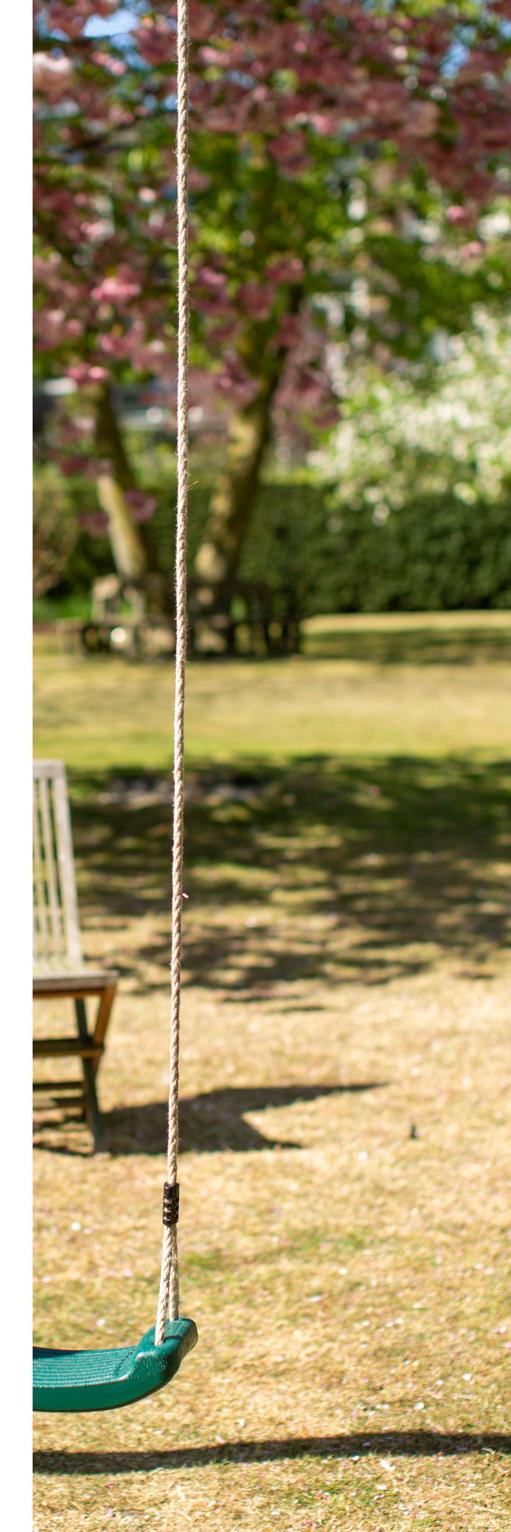
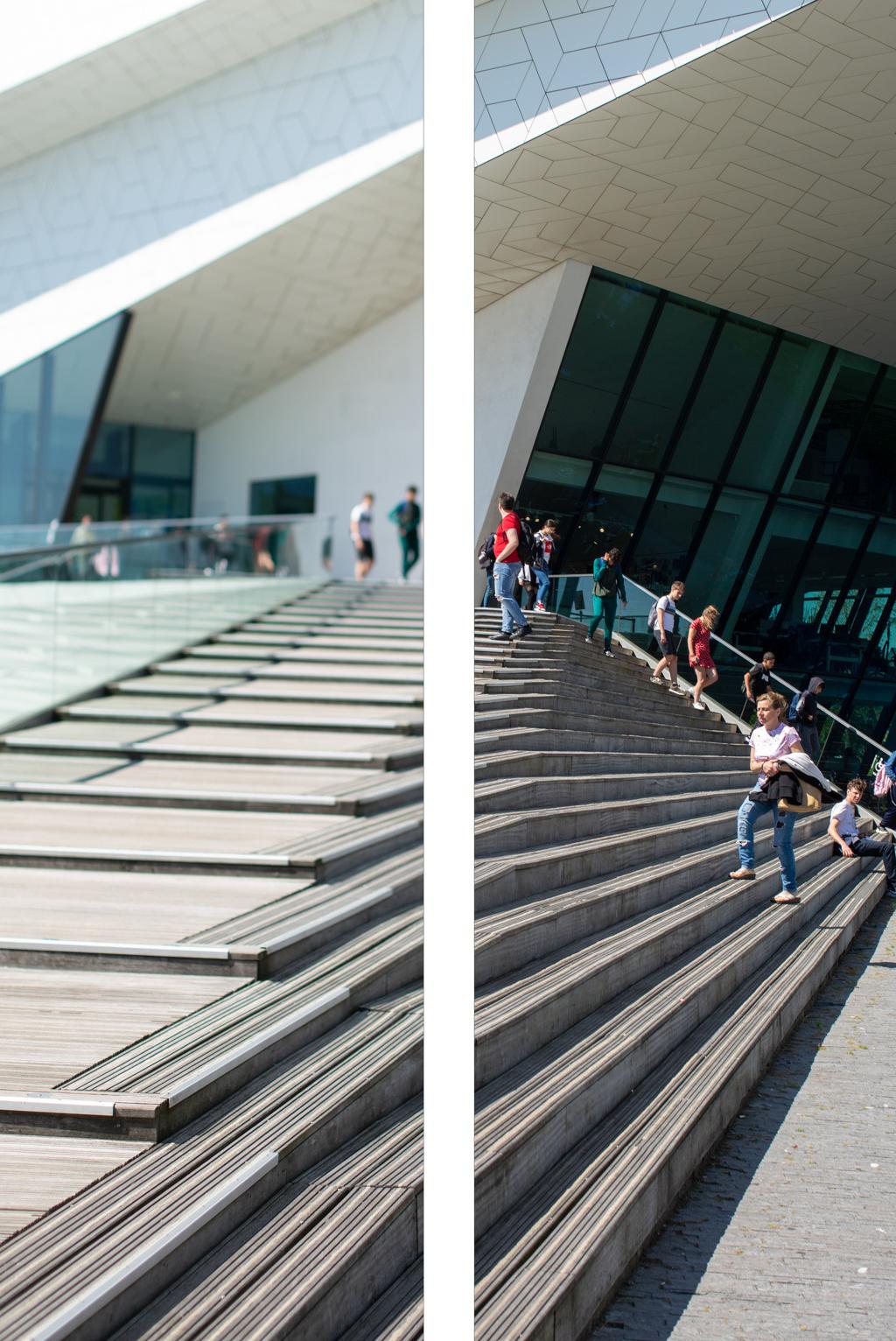
Claudine: You completed your LRPS. Could you tell us a little about this?
Katherine: I received an email to join the Benelux Chapter when I was living in Amsterdam and this led me to participate in a study group for a couple of years. The study group was incredibly helpful in advancing my skills and knowledge and I eventually submitted a panel of ten images for my LRPS which demonstrated a mix of photographic, technical and creative skills across various subjects. I initially failed when I submitted my first set of images, as some of the images didn’t quite meet the mark. However, I replaced a few and tried again, and in 2011 I successfully obtained my LRPS.
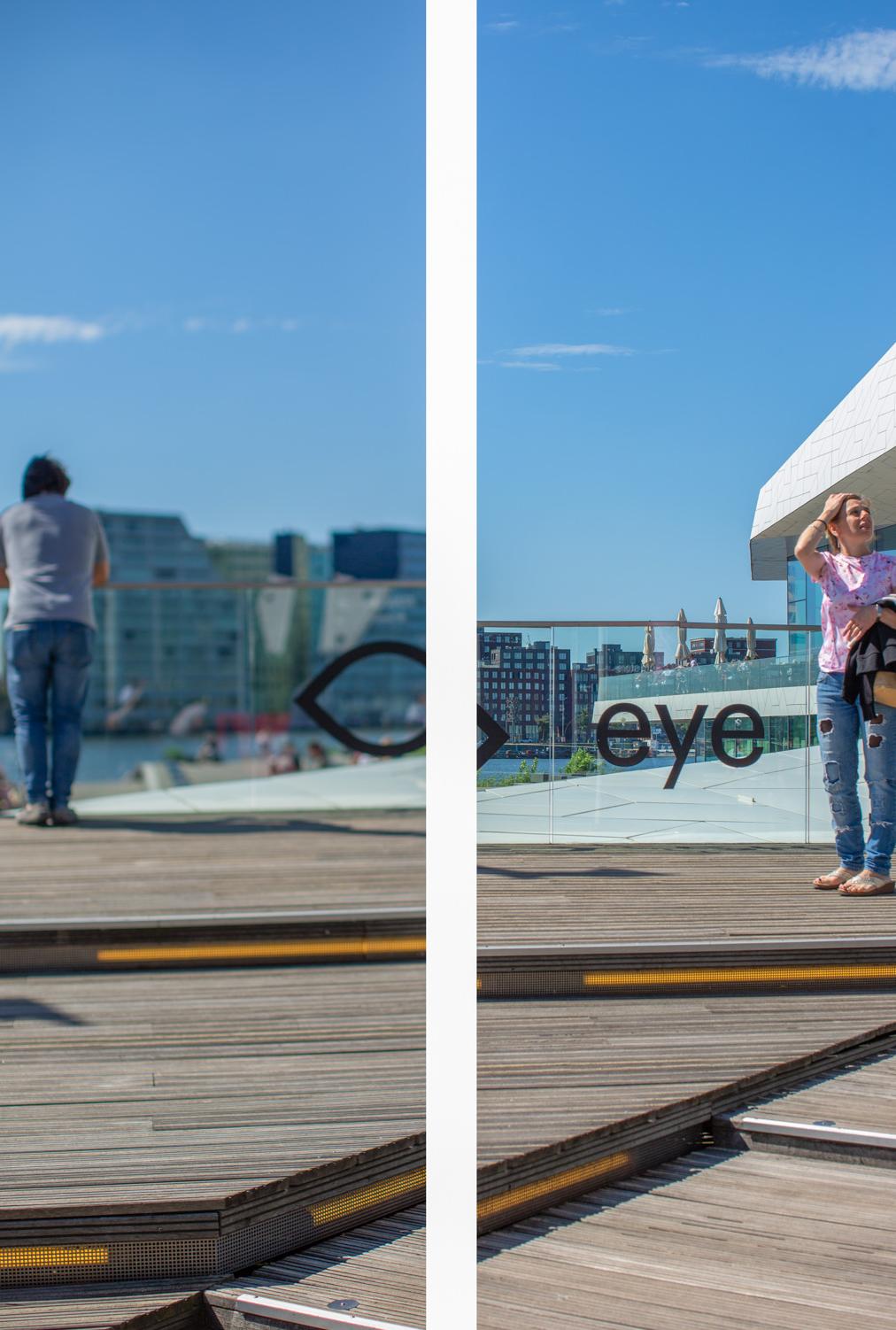
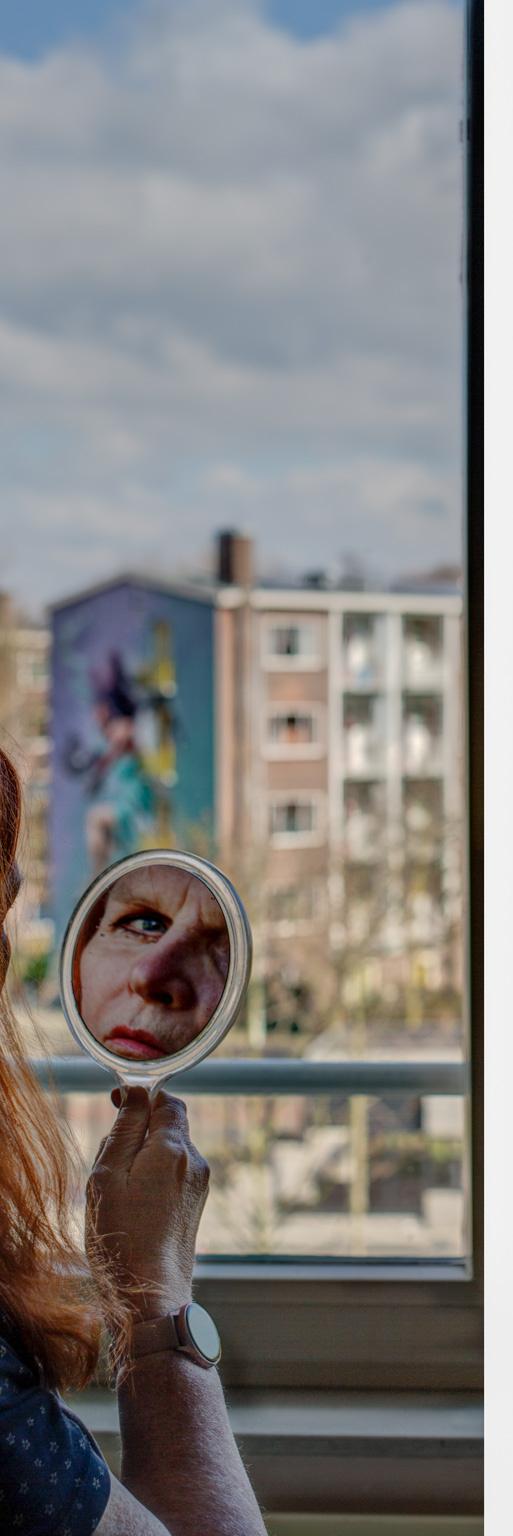
Claudine: You took an interest in HDR photography and worked towards your ARPS until you experienced a further health issue with your eyes. How did this journey lead you to achieving your ARPS?
Katherine: Over the years I became interested in HDR photography, focusing on cityscapes in Amsterdam and Scotland, and I started working towards my ARPS. However, my eyesight worsened once more and a blood vessel growing on my retina led to a permanent black spot in my vision in the top of my left eye. I had to stop riding my bicycle and driving and even walking became more dangerous. I still have to be careful when I am out and about.
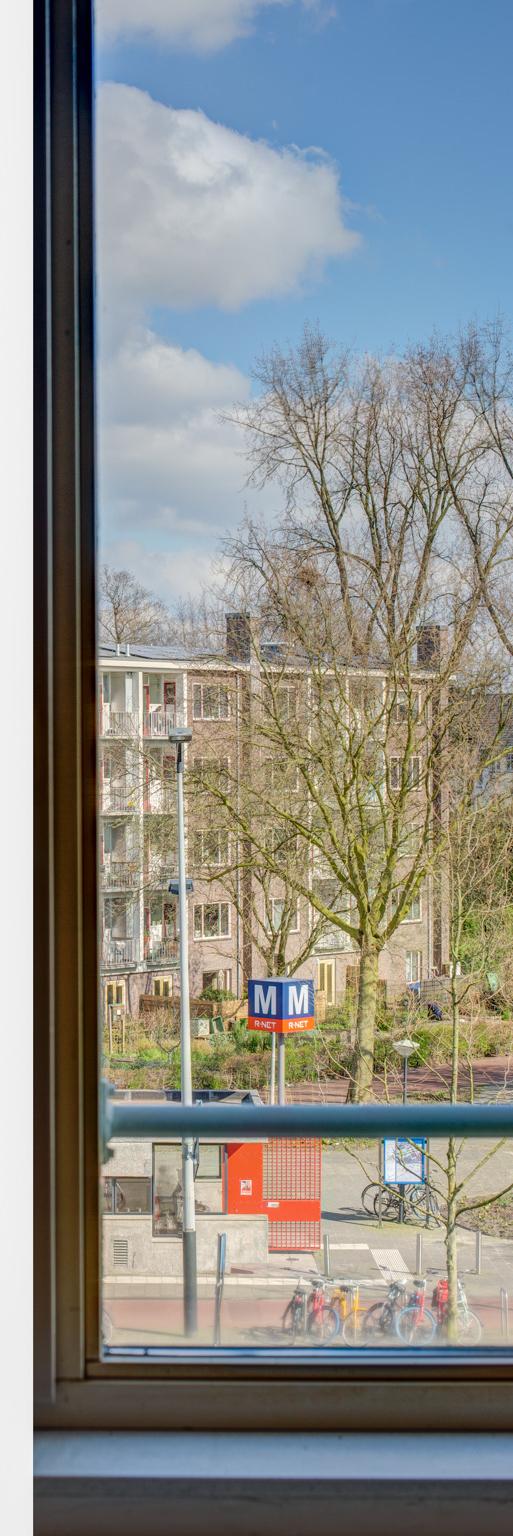
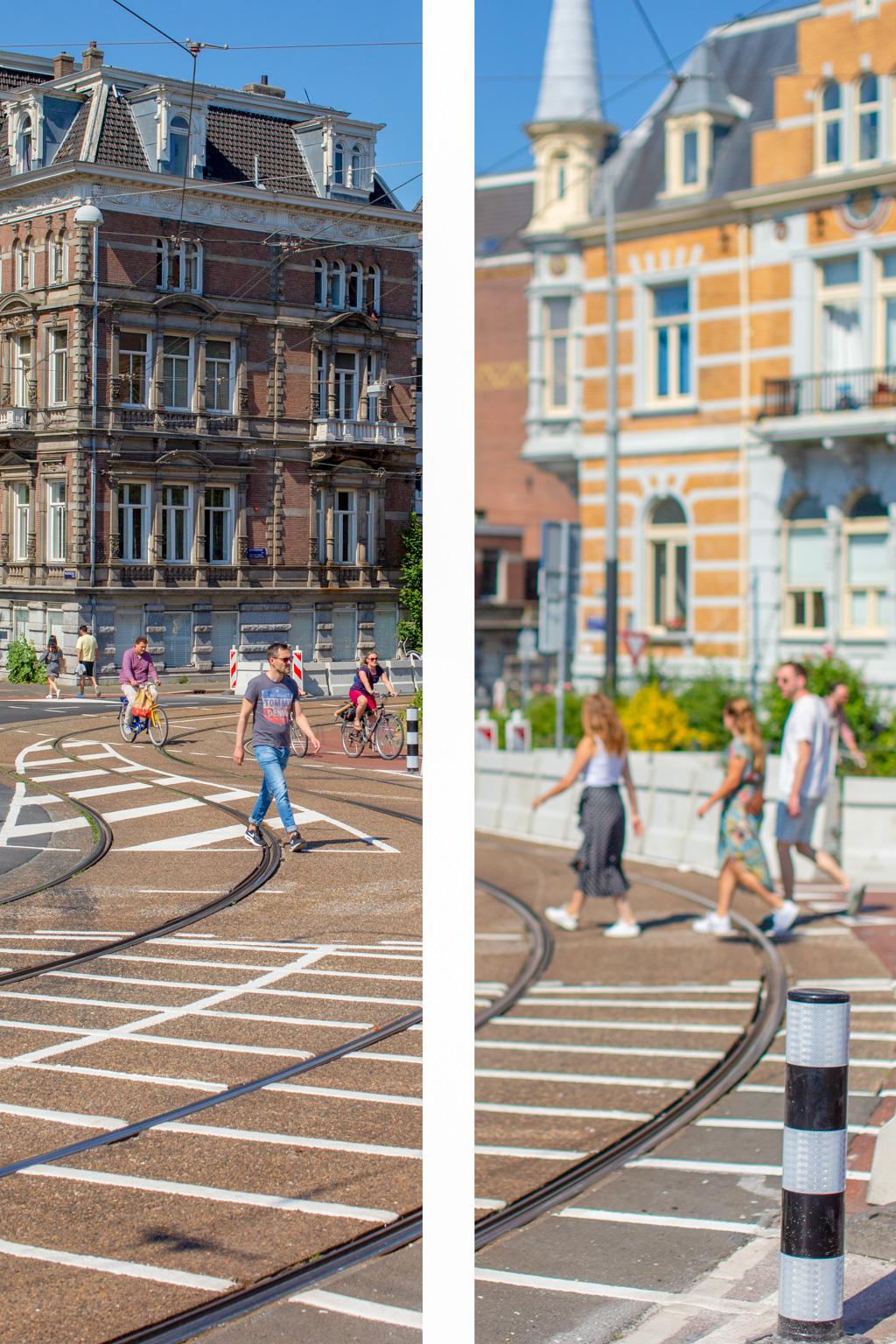
Crossing the tram tracks
One day, during a visual migraine, the idea hit me: how could I show what I see through my photography? I started experimenting with a series of images, mixing areas in focus and out of focus. This evolved to a split view—half of the image showing how I see, and half how others see. I refined this concept into a panel with a central out-of-focus image, surrounded by in-focus ones, reflecting how my vision felt. After two to three years of work, I created a panel of images showing how I see the world using Amsterdam as the subject.
After discussions with the Benelux study group, two one-to-one review sessions, some adjustments to colour tones and overcoming some mounting issues, I submitted my final prints to the RPS in 2021. Despite feeling uncertain during the assessment day, I was surprised and thrilled to hear that I was successful in obtaining my ARPS!
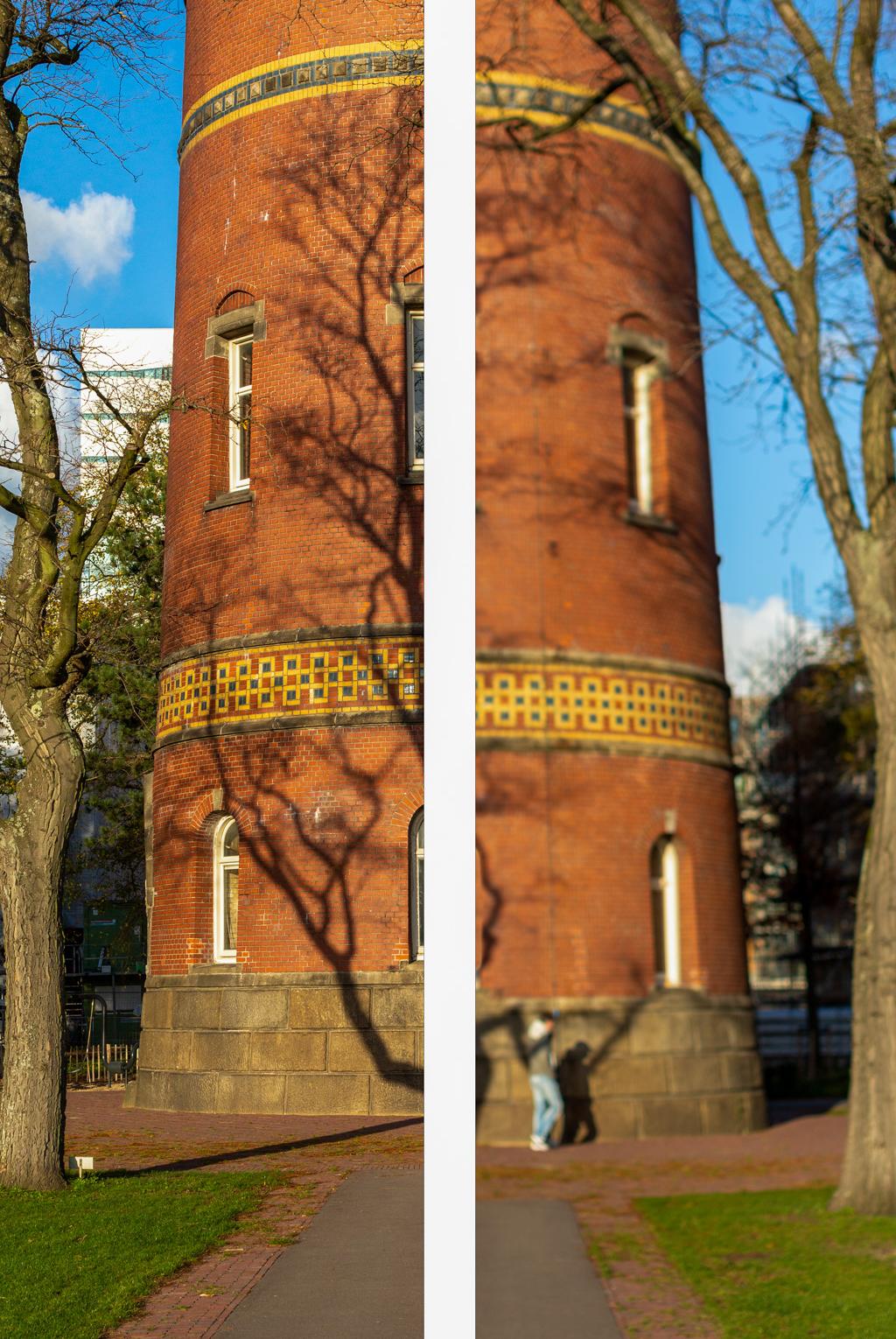
Claudine: What are your plans photography-wise over the next few years?
Katherine: I'm currently working on a project for a potential FRPS, focusing on my experience with small fibre neuropathy which I have had since 2016. This is a condition where the small nerves in my body send incorrect signals to my brain, causing pain and numbness. I experience intense pain, especially in my feet, which can feel like they’re on fire. This has unfortunately affected my ability to work full-time since 2021.
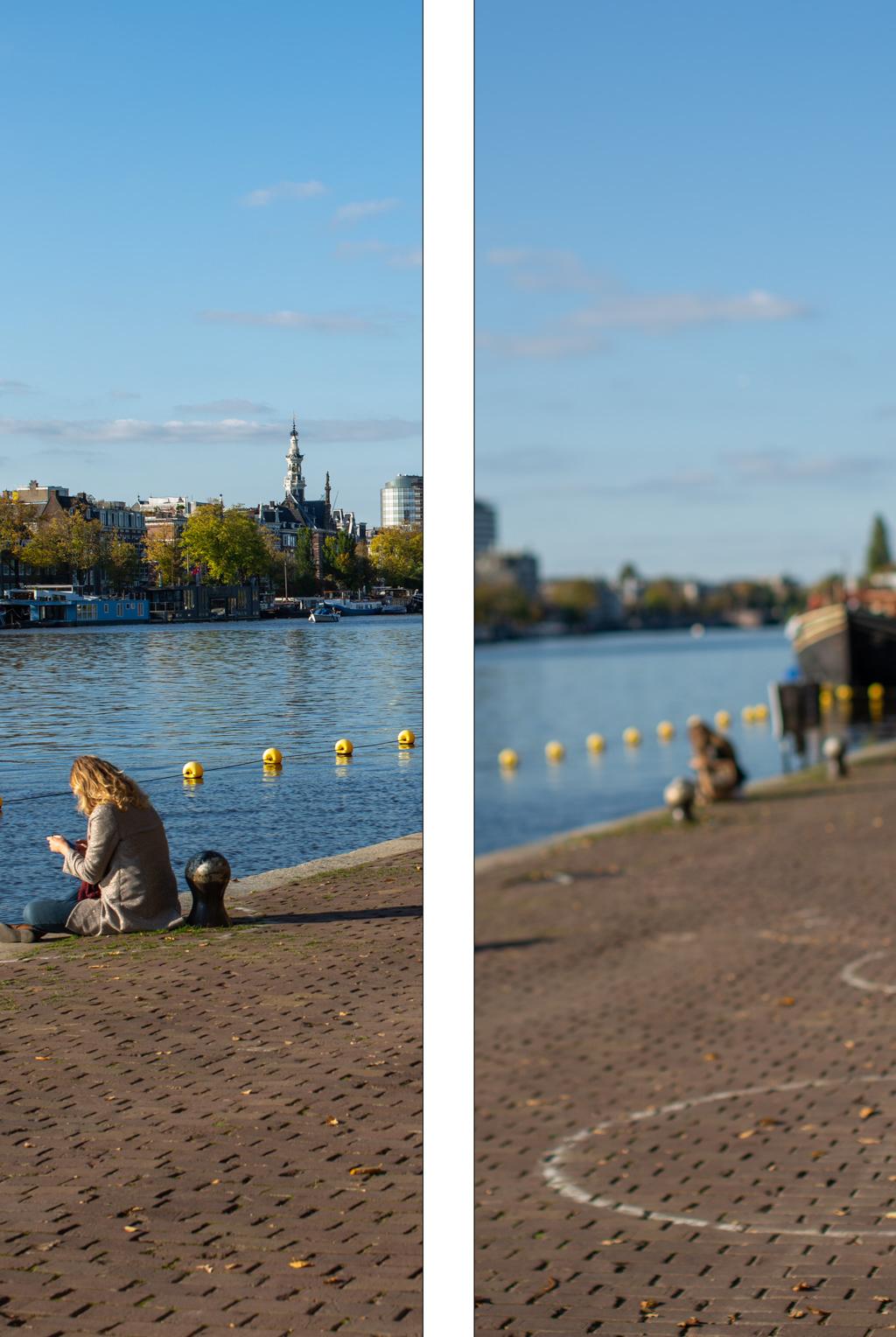
For the project, I am taking self-portraits, I take one image with me in the picture and another without and then blend them together to represent invisible illness - something others can’t see. I have been working on this for about three years with advice from the study group, peer-to-peer group and one-to-one review sessions, and am now considering submitting it for a fellowship."
cameraaperture.nl
Thank you very much for your time, Katherine, it has been fascinating to learn about your photography and your life experiences. We look forward to seeing your successful FRPS in the future!"



